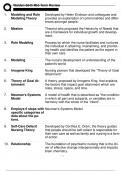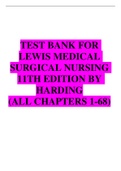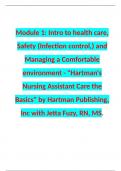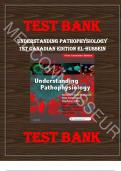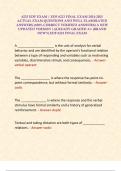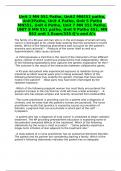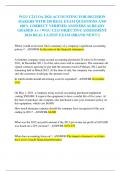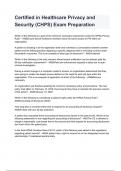Exam (elaborations)
NRNP 6645 MIDTERM EXAM 2024 LATEST EXAM 2LATEST VERSIONS 200 QUESTIONS AND CORRECT DETAILED ANSWERS WITH RATIONALES/NRNP6645 PSYCHOTHERAPY WITH MULTIPLE MODALITIES MIDTERM EXAM |AGRADE
- Course
- Institution
NRNP 6645 MIDTERM EXAM 2024 LATEST EXAM 2LATEST VERSIONS 200 QUESTIONS AND CORRECT DETAILED ANSWERS WITH RATIONALES/NRNP6645 PSYCHOTHERAPY WITH MULTIPLE MODALITIES MIDTERM EXAM |AGRADE
[Show more]
